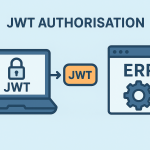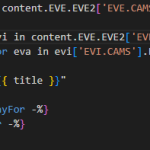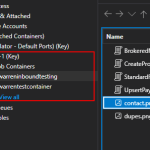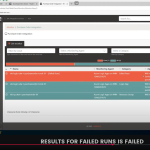The policy below adds the “Authorization” header to the backend request. All token request parameters are added to APIM as Named values. The “D365-secret” named value points to a secret in the key vault so that it is kept private. A retry policy is also added in case there is an issue retrieving the bearer token.
<policies>
<inbound>
<base />
<retry condition=“@(context.Variables[“bearerToken“] == null ||
((IResponse)context.Variables[“bearerToken”]).StatusCode >= 500)”
count=”5″ interval=”10″ max-interval=”50″ delta=”10″ first-fast-retry=”true”>
<send-request mode=“new” response-variable-name=“bearerToken” timeout=“20” ignore-error=“true”>
<set-url>https://login.microsoftonline.com/{{d365-tenantid}}/oauth2/token</set-url>
<set-method>POST</set-method>
<set-header name=“Content-Type” exists-action=“override”>
<value>application/x-www-form-urlencoded</value>
</set-header>
<set-body>@{
return
“client_id={{d365-clientid}}&resource={{d365-resource-dmf}}&client_secret={{d365-secret}}&grant_type={{d365-granttype}}”;
}</set-body>
</send-request>
</retry>
<set-header name=“Authorization” exists-action=“override”>
<value>
@(“Bearer ” + (String)((IResponse)context.Variables[“bearerToken”]).Body.As<JObject>()[“access_token”])
</value>
</set-header>
</inbound>
<backend>
<base />
</backend>
<outbound>
<base />
</outbound>
<on-error>
<base />
</on-error>
</policies>







